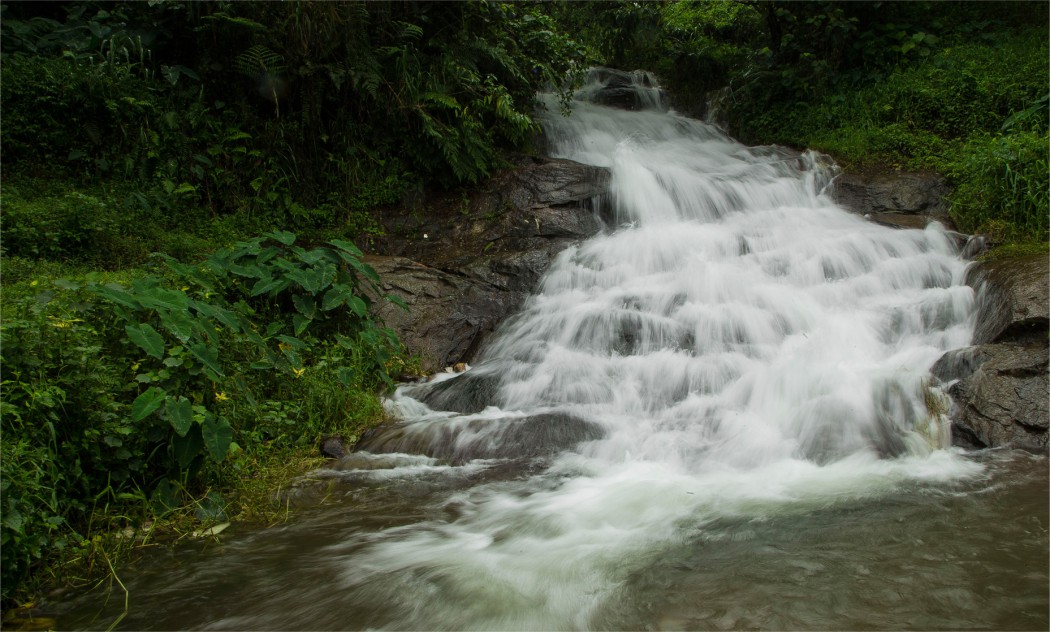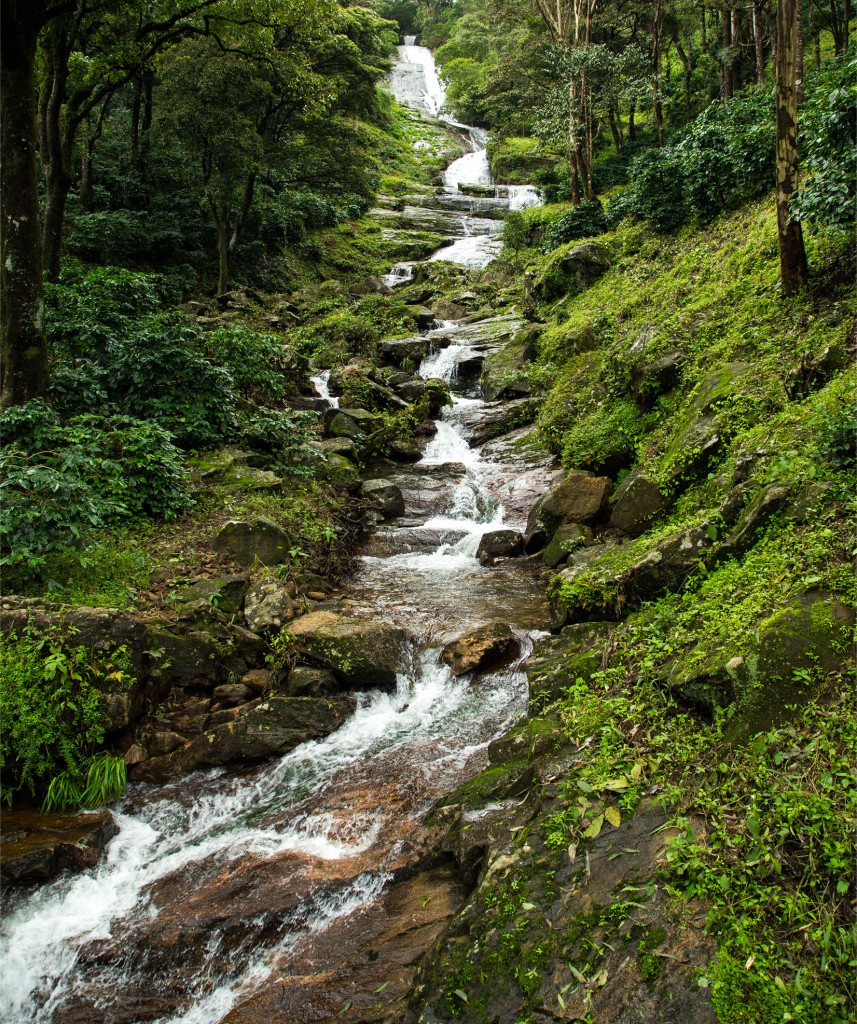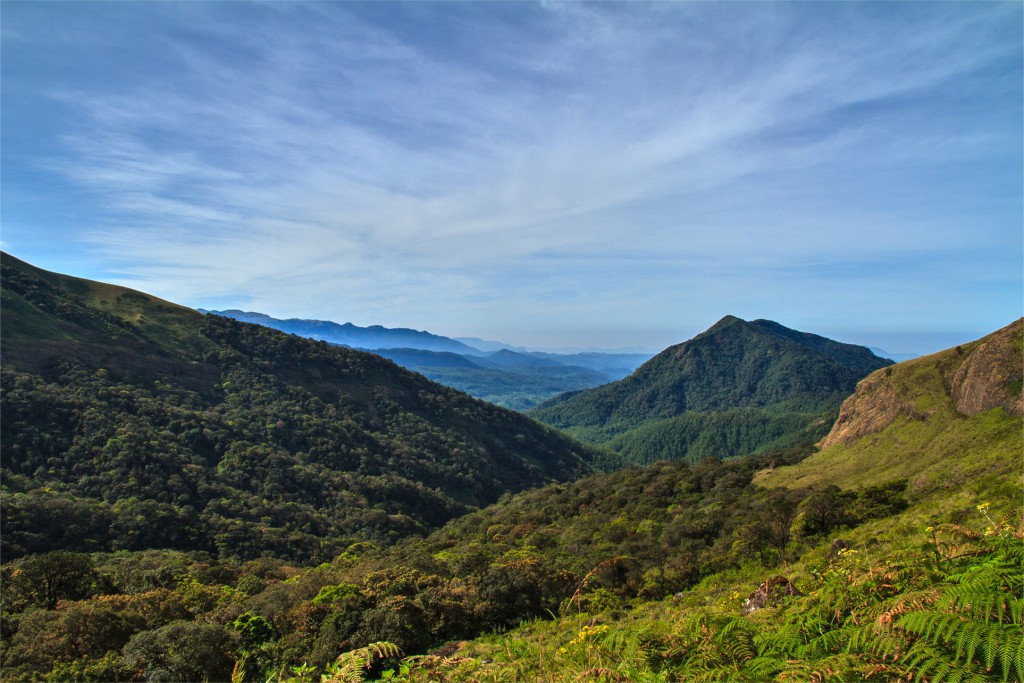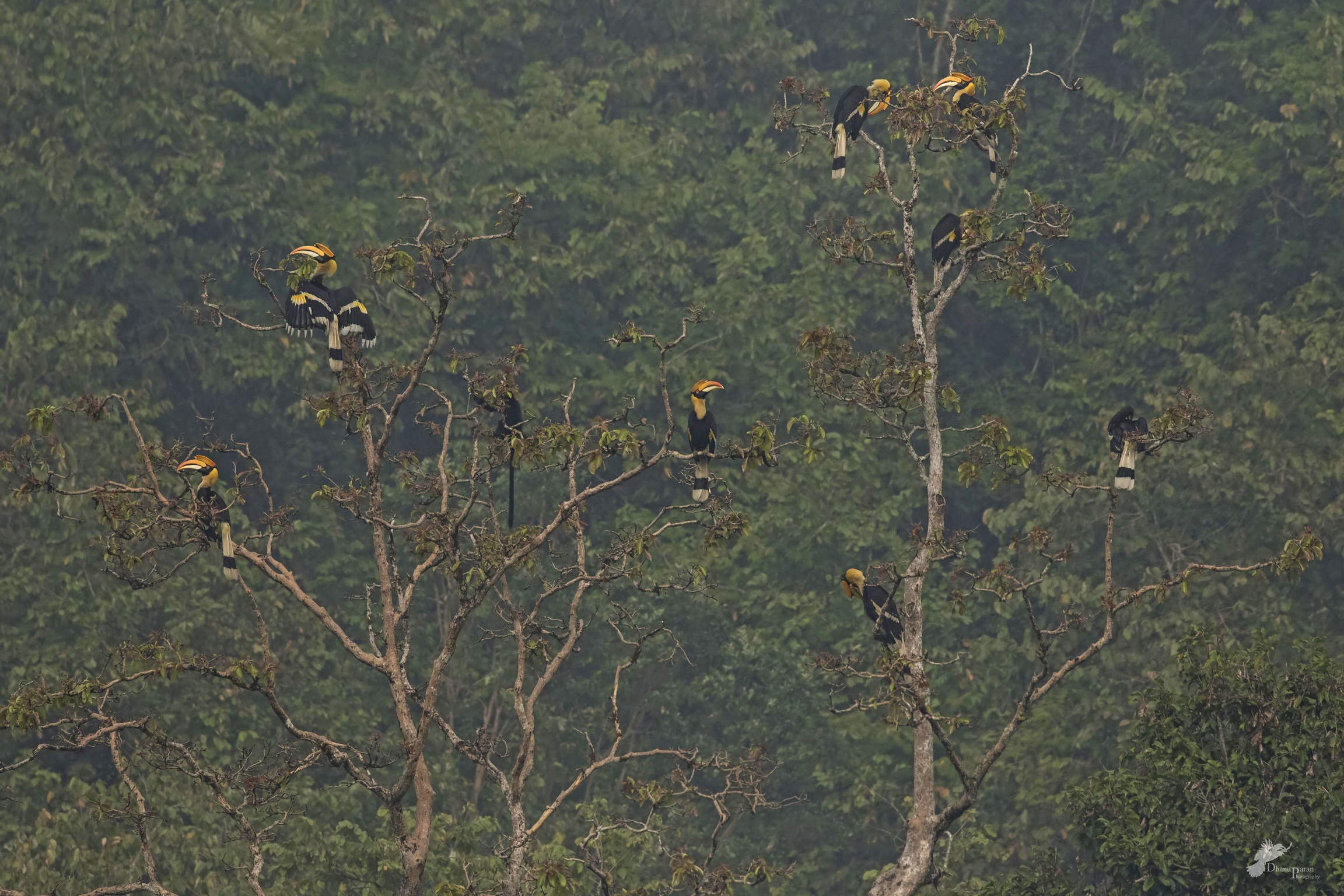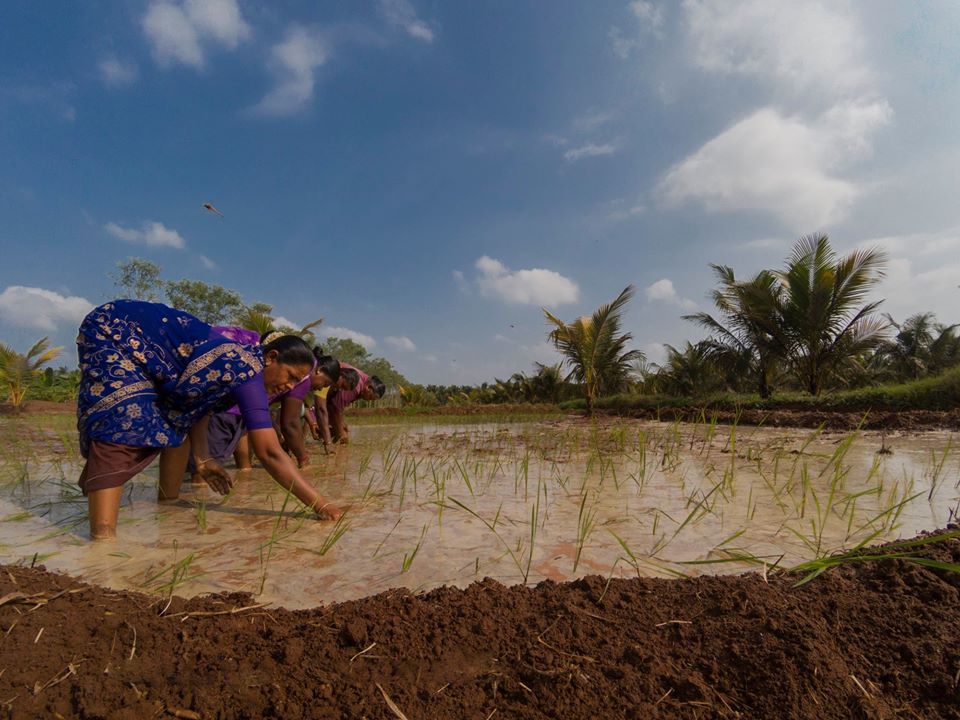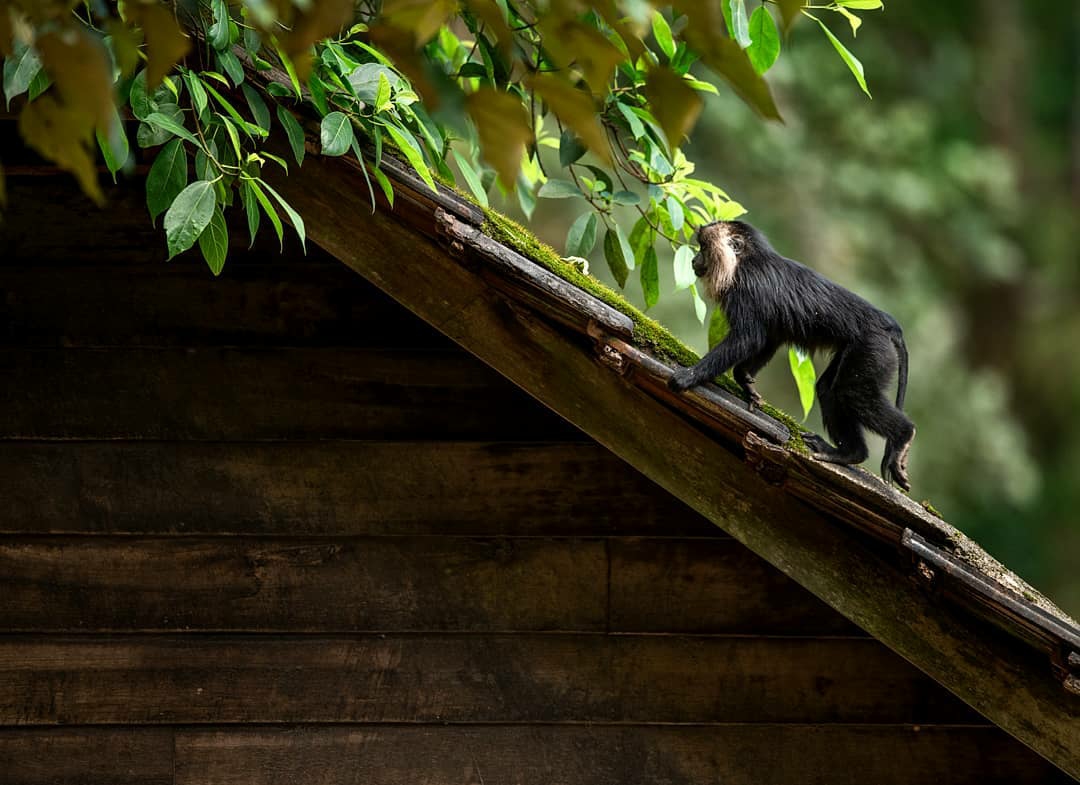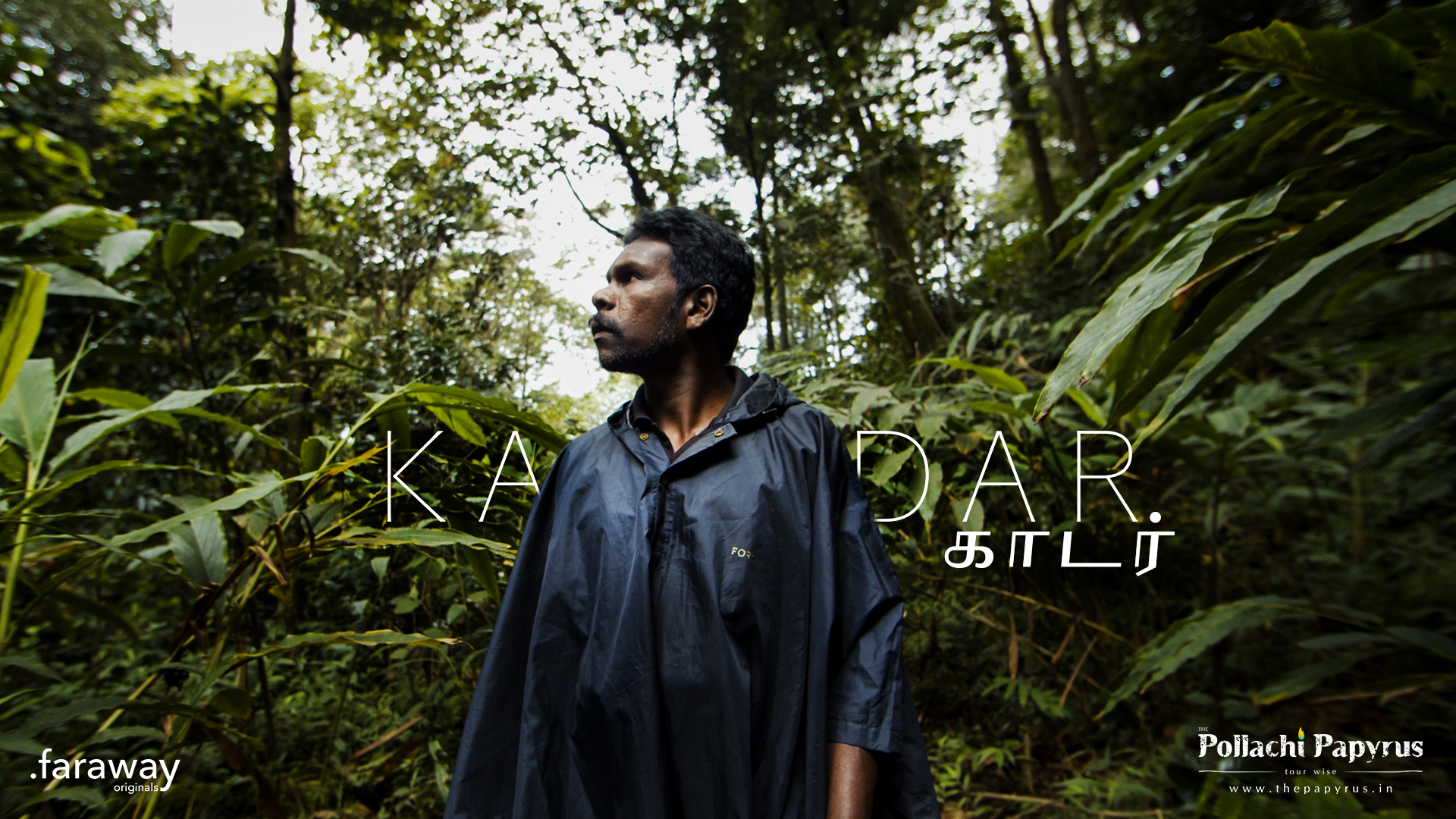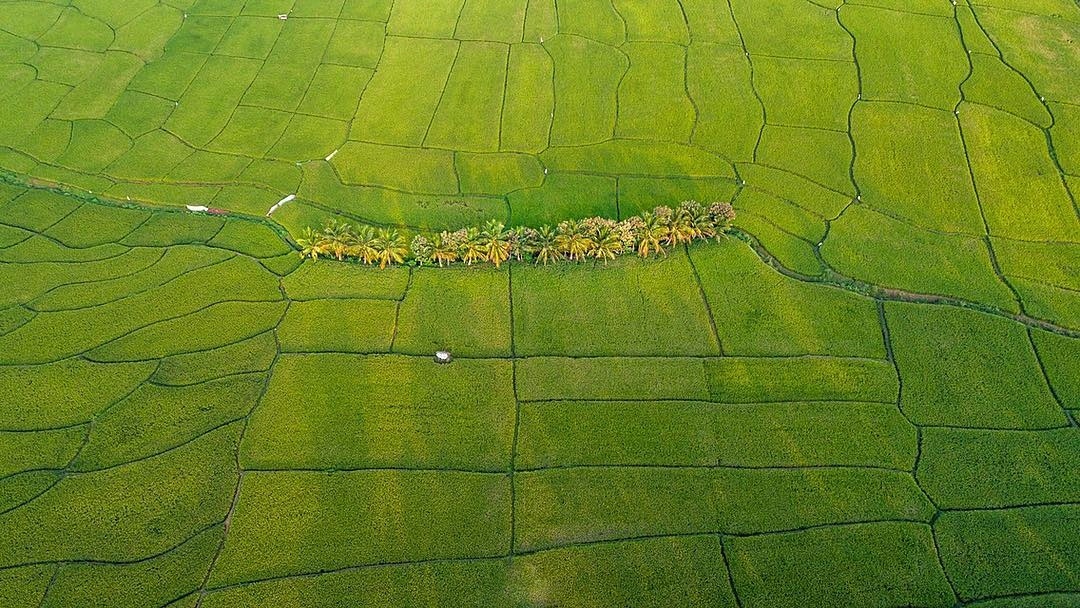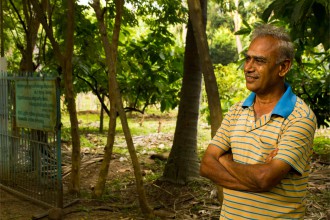Pollachi and its surrounding areas are half as fertile as it is today is because of the Monsoon it receives. A good monsoon equals prosperity and the opposite equals drought, crop failure and hardship for the farmers. Rains bring respite not only to farmers but also to the public in general. Monsoon provides relief from the summer heat to all. Everyone looks forward to the rains after the heat spell of summer. Rains turn parched lands into green meadows which is soothing to the eyes. Apart from the atmospheric, oceanic and geophysical components that contribute to these Monsoon rains, there is another precious resource that plays a huge role in this unique weather phenomenon – The Sholas.
The term “Shola” is derived from the Tamil word “Cholai” meaning stream as well as “shade” and later on became synonymous with both mountain streams and the forests associated with the mountain streams. No better word could have been thought of to describe them because these forests and streams are inseparable and each owes existence to the presence of the other.The Sholas are a mosaic of montane evergreen forests and grasslands, found only in high altitude (>1500 meters asl) regions within the tropics, and are limited to the southern part of the Western Ghats. Characterized by undulating grassland patches, interspersed with thickets of stunted evergreen tree species, these forests are home to rare plants and animals, found nowhere else on Earth.
Though identified as one of the rich bio-diversity hotspots in the world, only a very few intact pockets of these unique eco-systems remain as of today. Contributed to mindless destruction to feed the ever-inflating economy, these forests are in grave danger of disappearing. Whatever remains, must be saved before its too late. And here’s why.
Sponge of the Earth:
Sholas are amazing water factories and all the major rivers of South India have their origins in these forests and their adjoining grasslands. If not for the incredible water harvesting capacity of this system, most of the rivers would dry up and peninsular India would only be a desert.They are also vitally important in keeping water cycles alive. They retain most of the rain they get over the monsoons, and release it slowly through the year via a network of streams and rivers that eventually serve the needs of a huge number of human settlements across South India. It’s like a giant sponge that absorbs water during monsoon and releases it year round.
The 11th hour:
Today, the Anamalais is one of the last remaining strongholds of the Western Ghats where Sholas exist. Despite this huge ecological significance, they have not been historically protected because the short, stunted trees have little or no timber value.
Vast areas were planted over with Cinchona and Eucalyptus monocultures over the last centuries, and all the grasslands continue to be taken over by expanding human populations.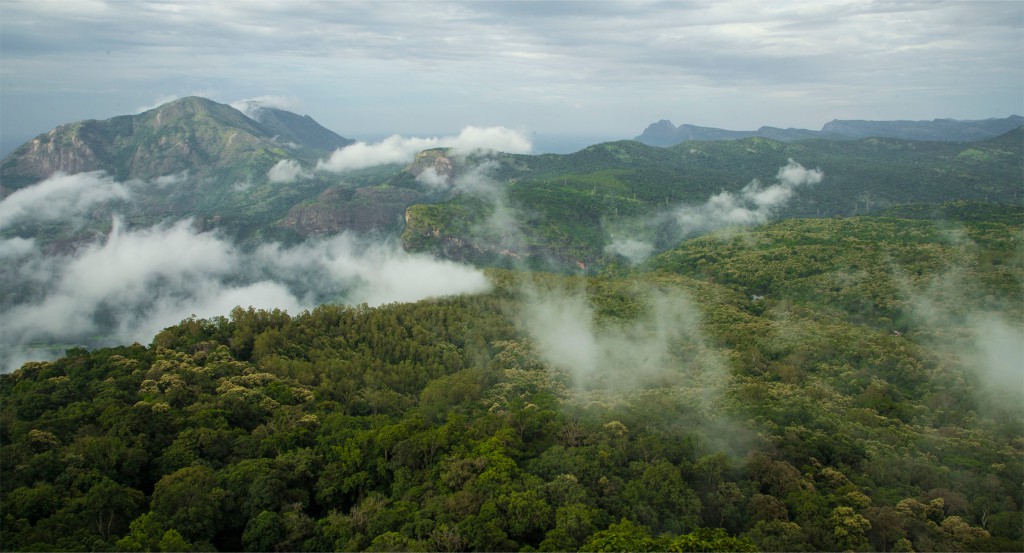
Grass Hills National Park is one such protected area in the Western Ghats. A part of the Anamalai Tiger Reserve, the landscape is a combination of peaks and high plateaus above 2000m asl composed of montane shola-grassland ecosystem that is unique to the higher ranges of the Western Ghats of Kerala, Tamil Nadu and Karnataka.
Also, Sholas are among the richest habitats on Earth and are an incredibly efficient recycling system that ensures nothing gets wasted. In short, these forests are part of the skin of the earth which man has recklessly tampered with in almost every part of the globe; leave alone the Anamalai’s and Nilgris.
Time is running out and we are in the 11th hour and what we need is people’s action. While economical development is important, the short-sighted, foolish depletion of irreplaceable forests is suicidal.
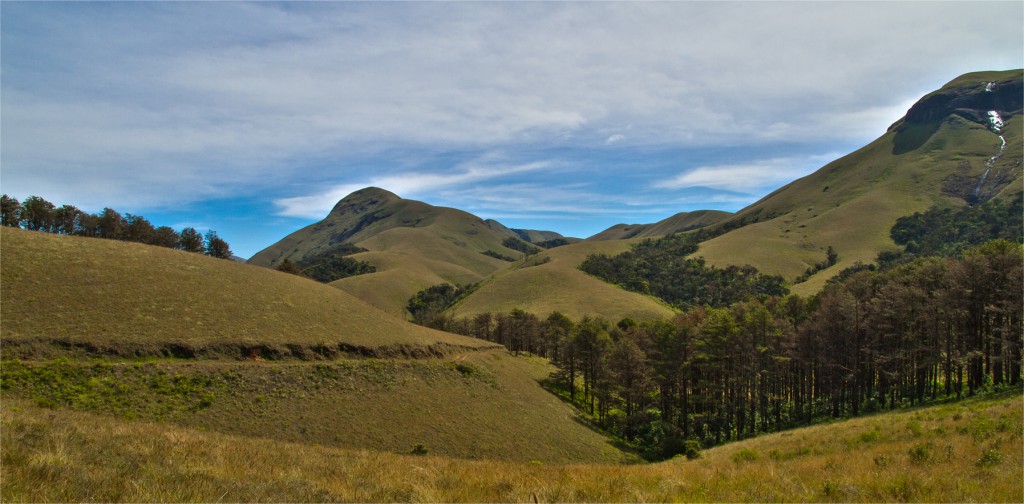
Our ability to save them will be the measure of our true worth as human beings because conservation is an active charity towards Nature. At the end of the day, whether or not these forests continue to exist, it is us who won’t survive in a place where we don’t want to live in.
Inspired by a documentary movie of the same title by Shekar Dattatri, one of India’s leading wildlife and conservation film makers based out of Chennai

